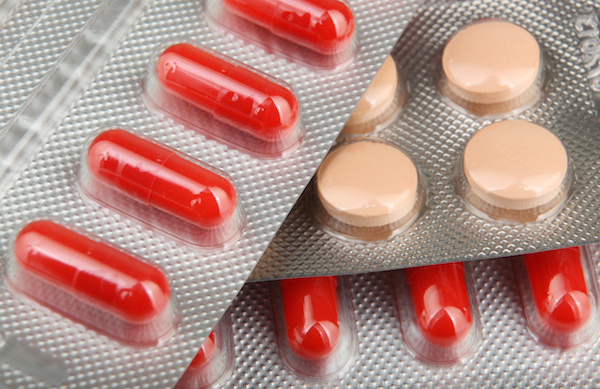
TUESDAY, Nov. 17 (HealthDay News) — A new small study raises the prospect, but doesn’t prove, that there’s a link between pregnant women’s exposure to common chemicals called phthalates and the type of toys their male children prefer to play with when they reach preschool age.
Boys with the highest potential exposures to two types of phthalates were slightly more likely to play with games and toys such as dolls that society considers more appropriate for girls, the study found.
The study was small — it included just 74 boys — and it’s possible that factors other than phthalates could explain the differences in how the boys behaved. But its lead author, Shanna H. Swan, a University of Rochester professor of obstetrics and gynecology and environmental medicine, said it’s clear that “these common chemicals have the ability to alter the development of the male fetus.”
A chemical industry group, however, defended the chemicals and questioned the study.
At issue are phthalates, manmade chemicals that soften plastics and are found in a slew of products, including baby toys, shower curtains and floor coverings, Swan said. People appear to be most exposed to them through food, she said, in part because items such as milk travel through plastic tubing.
Scientists have been hotly debating whether the chemicals are dangerous. According to Swan, they reduce testosterone levels in rodents, and she suspects they may do the same thing to fetuses in the womb. Previous research she conducted suggested that high levels disrupt the development of male genitals to a small extent.
In the new study, published online Nov. 16 in the International Journal of Andrology, researchers analyzed phthalate levels in the urine of pregnant mothers and then followed up with their children when they reached preschool age.
The researchers surveyed the parents about the kids’ preferences during playtime: Did they play masculine games like “cops and robbers” or feminine games like “house”? Did they play with dolls or trucks?
The boys whose mothers had the highest levels of phthalates in their urine while they were in the womb had masculinity “scores” that were 8 percent lower than those whose mothers had the lowest levels, the study reports.
Though heterosexuality in males is often linked to masculinity, Swan said the study says nothing about sexual orientation.
The research doesn’t prove that more phthalates cause male children to be more feminine, and Swan acknowledged that other factors could explain the differences between the boys.
There are other caveats to the research, said Dr. Sheela Sathyanarayana, an assistant professor of pediatrics at the University of Washington. The number of boys in the study is very small, she said, and it’s not clear if the difference between the boys is significant.
In a statement, Steve Risotto, a senior director at the American Chemistry Council, said the study’s conclusions are consistent with Swan’s perspective, “which is not based on the weight of the scientific evidence surrounding the safety of phthalates.”
What to do about phthalates? “The message is to be aware that there are chemicals in our homes that have the potential to affect the way our hormones function,” said Kim Harley, associate director of health effects at the Center for Children’s Environmental Health Research, University of California at Berkeley.
More information
The U.S. Centers for Disease Control and Prevention has information on chemicals in the workplace.

